Vitamin C aids in the growth and repair of body tissues, including the skin, tendons and blood vessels. Therefore, it is assumed that foods rich in vitamin C are essential in a healthy diet. If you want to know everything about vitamin C but you don’t know which foods contain more vitamin C, check out this ranking that we have prepared.
Now that you know the function of vitamin C, you have to be aware of the recommended daily quantity that you should consume in order to enjoy all the benefits of vitamin C. Fruit such as blackcurrants, kiwi and papaya are essential for a balanced diet, similarly with vegetables such as cabbage, chillies, broccoli and Brussels sprouts.
Foods rich in vitamin C
Do you know the amount of vitamin C in an orange? And how much vitamin C is in a lemon? Did you know that, in contrast to what many people think, vitamin C from a kiwi is considerably higher than in citric fruit? You can discover these and other properties of vitamin C in the table below.
-
 Raspberries
1600 mg each 100gr.
3872.0 mg per serving (242 g.)
Raspberries
1600 mg each 100gr.
3872.0 mg per serving (242 g.)
-
 Green beans
1600 mg each 100gr.
3872.0 mg per serving (242 g.)
Green beans
1600 mg each 100gr.
3872.0 mg per serving (242 g.)
-
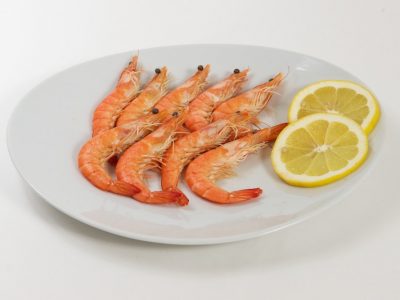 Crayfish
1600 mg each 100gr.
3872.0 mg per serving (242 g.)
Crayfish
1600 mg each 100gr.
3872.0 mg per serving (242 g.)
-
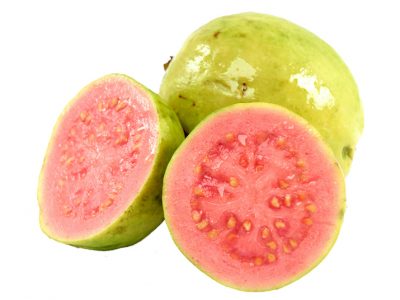 Guava
228.3 mg each 100gr.
376.7 mg per serving (165 g.)
Guava
228.3 mg each 100gr.
376.7 mg per serving (165 g.)
-
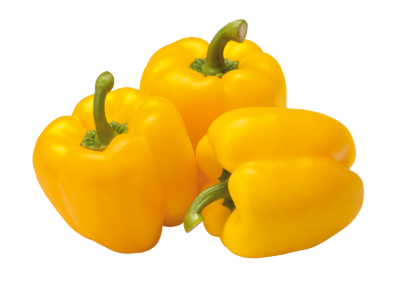 Yellow peppers
183.5 mg each 100gr.
341.3 mg per serving (186 g.)
Yellow peppers
183.5 mg each 100gr.
341.3 mg per serving (186 g.)
-
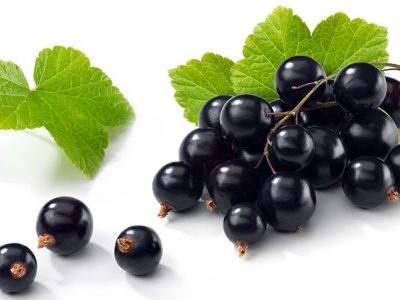 Blackcurrants
181 mg each 100gr.
202.7 mg per serving (112 g.)
Blackcurrants
181 mg each 100gr.
202.7 mg per serving (112 g.)
-
 Red peppers
127.7 mg each 100gr.
190.3 mg per serving (149 g.)
Red peppers
127.7 mg each 100gr.
190.3 mg per serving (149 g.)
-
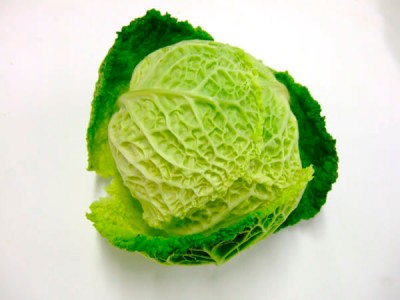 Green cabbage
120 mg each 100gr.
19.2 mg per serving (16 g.)
Green cabbage
120 mg each 100gr.
19.2 mg per serving (16 g.)
-
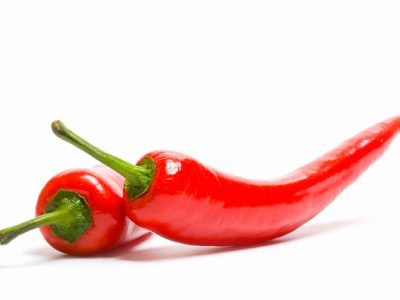 Chilli
118.6 mg each 100gr.
106.7 mg per serving (90 g.)
Chilli
118.6 mg each 100gr.
106.7 mg per serving (90 g.)
-
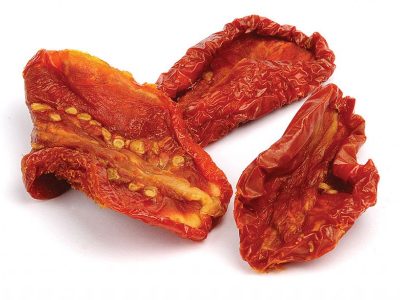 Sun-dried tomatoes
101.8 mg each 100gr.
112.0 mg per serving (110 g.)
Sun-dried tomatoes
101.8 mg each 100gr.
112.0 mg per serving (110 g.)
-
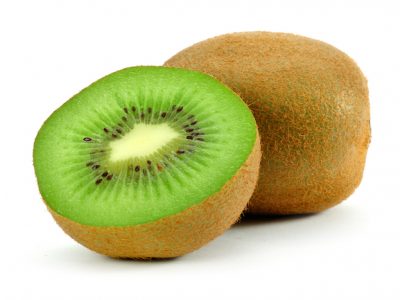 Kiwi
92.7 mg each 100gr.
166.9 mg per serving (180 g.)
Kiwi
92.7 mg each 100gr.
166.9 mg per serving (180 g.)
-
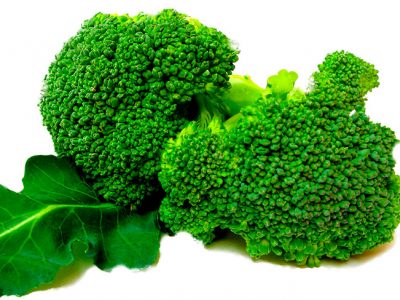 Broccoli
89.2 mg each 100gr.
81.2 mg per serving (91 g.)
Broccoli
89.2 mg each 100gr.
81.2 mg per serving (91 g.)
-
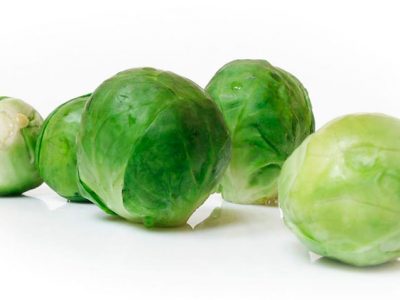 Brussels sprouts
85 mg each 100gr.
74.8 mg per serving (88 g.)
Brussels sprouts
85 mg each 100gr.
74.8 mg per serving (88 g.)
-
 Green pepper
80.4 mg each 100gr.
119.8 mg per serving (149 g.)
Green pepper
80.4 mg each 100gr.
119.8 mg per serving (149 g.)
-
 Lychees
71.5 mg each 100gr.
135.8 mg per serving (190 g.)
Lychees
71.5 mg each 100gr.
135.8 mg per serving (190 g.)
-
 Mustard Greens
70 mg each 100gr.
39.2 mg per serving (56 g.)
Mustard Greens
70 mg each 100gr.
39.2 mg per serving (56 g.)
-
 Cauliflower
62 mg each 100gr.
83.7 mg per serving (135 g.)
Cauliflower
62 mg each 100gr.
83.7 mg per serving (135 g.)
-
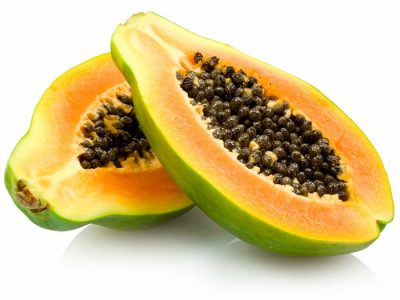 Papaya
60.9 mg each 100gr.
88.3 mg per serving (145 g.)
Papaya
60.9 mg each 100gr.
88.3 mg per serving (145 g.)
-
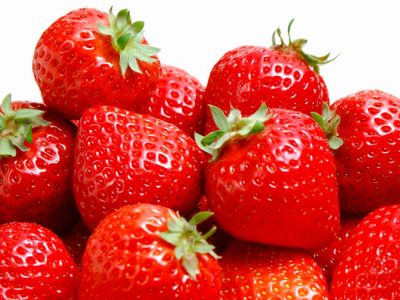 Strawberries
58.8 mg each 100gr.
89.4 mg per serving (152 g.)
Strawberries
58.8 mg each 100gr.
89.4 mg per serving (152 g.)
-
 Orange
53.2 mg each 100gr.
95.8 mg per serving (180 g.)
Orange
53.2 mg each 100gr.
95.8 mg per serving (180 g.)
-
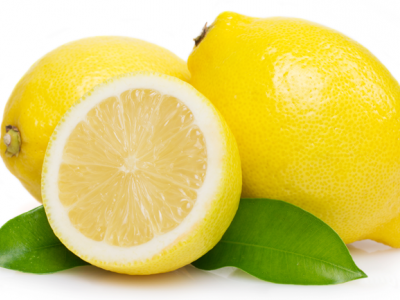 Lemon
53 mg each 100gr.
112.4 mg per serving (212 g.)
Lemon
53 mg each 100gr.
112.4 mg per serving (212 g.)
-
 Pineapple
47.8 mg each 100gr.
78.9 mg per serving (165 g.)
Pineapple
47.8 mg each 100gr.
78.9 mg per serving (165 g.)
-
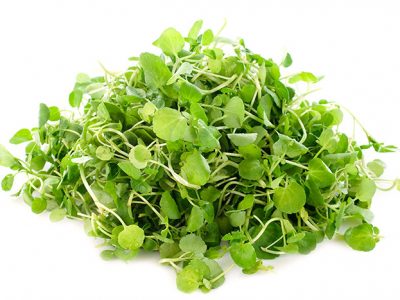 Watercress
43 mg each 100gr.
14.6 mg per serving (34 g.)
Watercress
43 mg each 100gr.
14.6 mg per serving (34 g.)
-
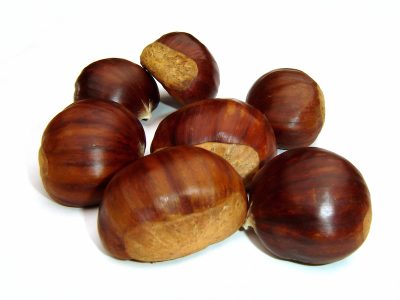 Chestnut
40.2 mg each 100gr.
11.4 mg per serving (28.35 g.)
Chestnut
40.2 mg each 100gr.
11.4 mg per serving (28.35 g.)
-
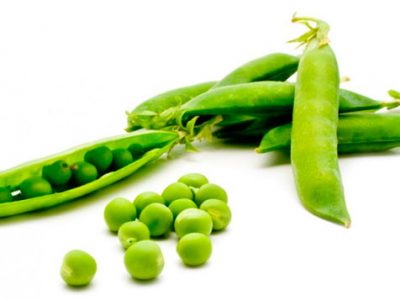 Sweet peas
40 mg each 100gr.
58.0 mg per serving (145 g.)
Sweet peas
40 mg each 100gr.
58.0 mg per serving (145 g.)




























No comments